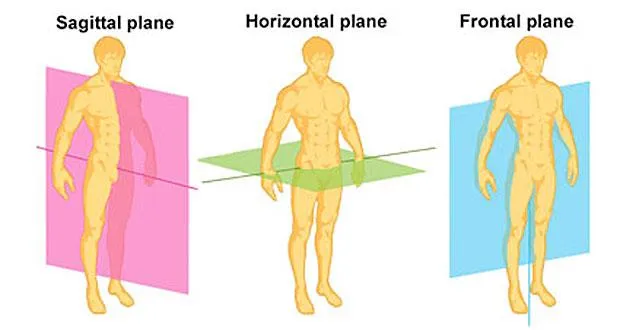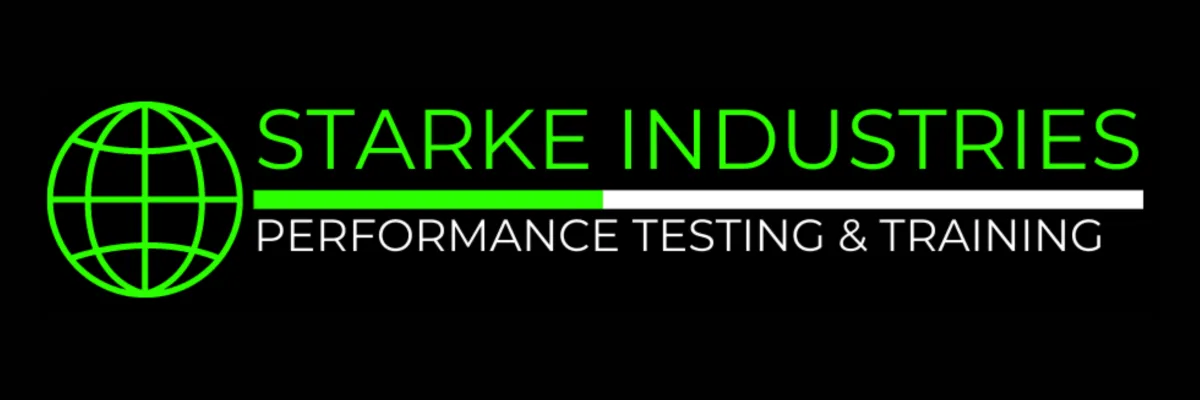
Why Movement Is More Than Exercise: Paul Chek’s Sixth Pillar Explained
You lift.
You sprint.
You train hard.
But are you moving throughout the day?
Paul Chek’s sixth pillar, Movement, goes beyond workouts.
It’s about how you move in daily life — and how that shapes your body, mind, and long-term health.
Let’s break it down.
Paul Chek: Movement as a Foundation
For Chek, movement isn’t optional.
It’s how the body:
Circulates fluids
Maintains joint health
Supports digestion and detox
Keeps the mind sharp
It’s not just about hitting the gym.
It’s about moving often and moving well.
Why Movement Goes Beyond Workouts
Most athletes and coaches focus on training sessions.
But what about the other 22–23 hours in the day?
Chek emphasizes that movement includes:
Walking
Stretching
Playing
Changing postures
Breathing exercises
These small movements keep the body in balance.
Without them, you’re an “active couch potato” — someone who trains hard but sits most of the day.
Practical Steps You Can Use Today
1. Add More Daily Movement
Walk between classes or meetings.
Take the stairs.
Do a 5-minute mobility session between tasks.
2. Focus on Primal Pattern Movements
Chek highlights seven foundational patterns:
Squat
Lunge
Bend
Push
Pull
Twist
Gait (walk/run)
Ask yourself: Are you training all of these — or just a few?
3. Move With Quality, Not Just Quantity
Pay attention to form.
Slow down and control movements.
Make sure you can move pain-free through full ranges.
4. Use Movement as Recovery
Light stretching or walking on off days.
Gentle yoga or breath-led mobility.
What the Research and Practice Show
Regular movement reduces injury risk and improves joint health.
Sitting for long periods raises inflammation and reduces metabolic health, even in athletes.
Movement variability (different patterns, speeds, loads) builds resilient, adaptable bodies.
Final Question for You
Are you just training — or are you truly moving throughout your life?
Want More?
Share this with an athlete or coach who thinks movement only counts in the gym.



